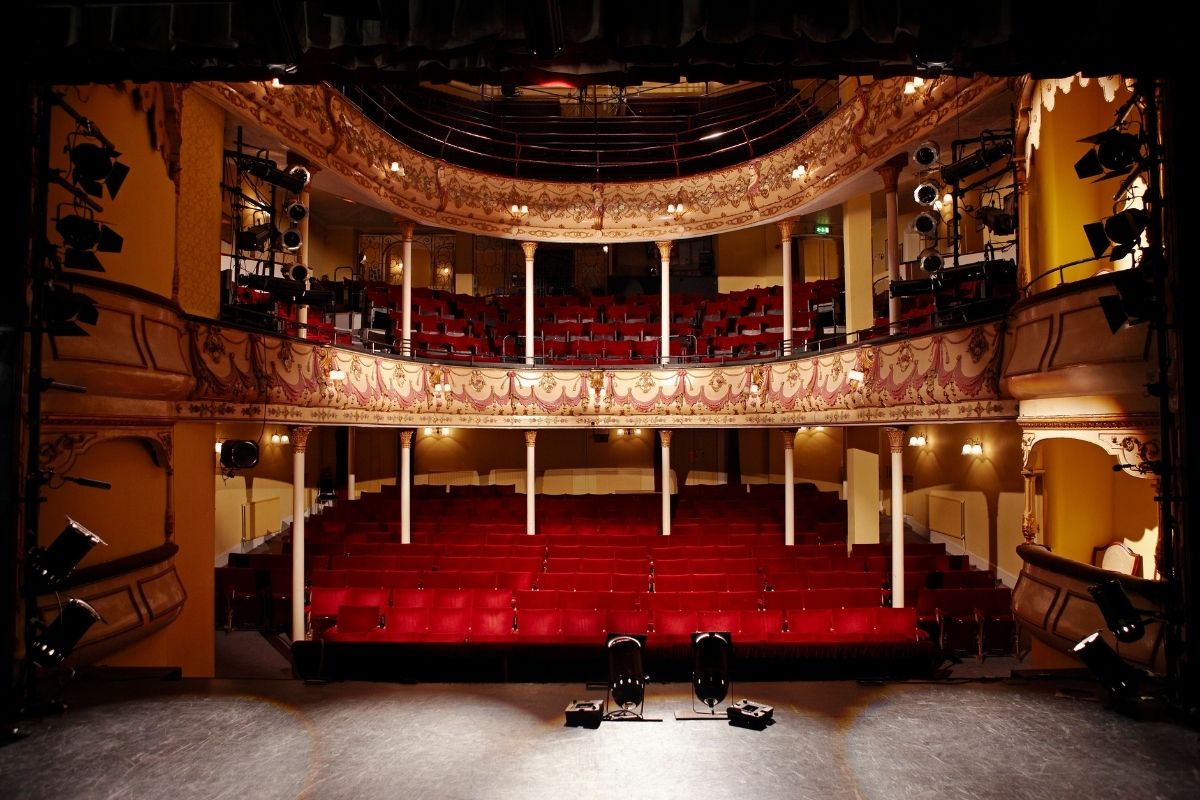The Role of Blocking in the Performing Arts
Back a long time ago, the idea of blocking was pretty straightforward. It was really about stage picture. You stand there. Or I stand here. Or you sit on this line. Or I stand on this line. There are moments when making specific movements across the stage or movements on the set are prescribed in a precise way that we need you to do this now because of something that happens in the script.
But the truth is that much of what happens in blocking is a collaboration between actor and director. It is the exploration of the actor’s actions and needs in a given moment in a scene. It’s easy to take for granted something as simple as walking across a room or where you stand in a space. But the following simple examples may help you understand how meaningful blocking can be in the performing arts.
So, if you picture a fairly traditional theater with the audience on one side and the stage on the other, you can then imagine an actor standing in the middle of that space, facing the audience, in a stance that means something, right? This person is alone. Depending on how big the space is, we experience something about the scale of a human being in this space. We might think about how that person is or isn’t like us as an audience member.
Now, turn that person away from you so that they’re facing away. That’s right; they’re facing upstage. Suddenly, I lose all sorts of information. I can’t see that person’s face or expressions. As an audience member, I’ve lost information, but I’ve gained potential interest. You might not be aware of these perceptions unless you have a performing arts education.
Now, what if that person extends their arms really wide, opens their chest up, but I can’t see their face? You can imagine that any one of those choices makes a big difference to how we experience whatever that person says in that moment. But it can be challenging to interpret that person’s stance, movements, and gestures without the help of facial expressions.
It becomes even more exciting and complicated when you have multiple characters onstage. If I have two actors very far downstage, very close to the audience, huddled together, whispering to each other, my experience as an audience member is going to be one of tremendous intimacy.
But if I keep one of those actors very close and send another far away upstage, it’s going to change my relationship with one of them with whom I have a much closer, intimate relationship to that other person who is much further away. I might begin to have an empathic response to the person who’s closer compared to the one who’s more distant.
As an actor, it’s valuable to understand that your audience is experiencing, particularly in theater, your work as a kind of three-dimensional sculpture that’s constantly changing shape. As a director, it’s important to understand that everywhere that bodies are in space communicates something to your audience, as you might learn from an online performing arts education. So, it’s better for that communication to be intentional rather than accidental.


